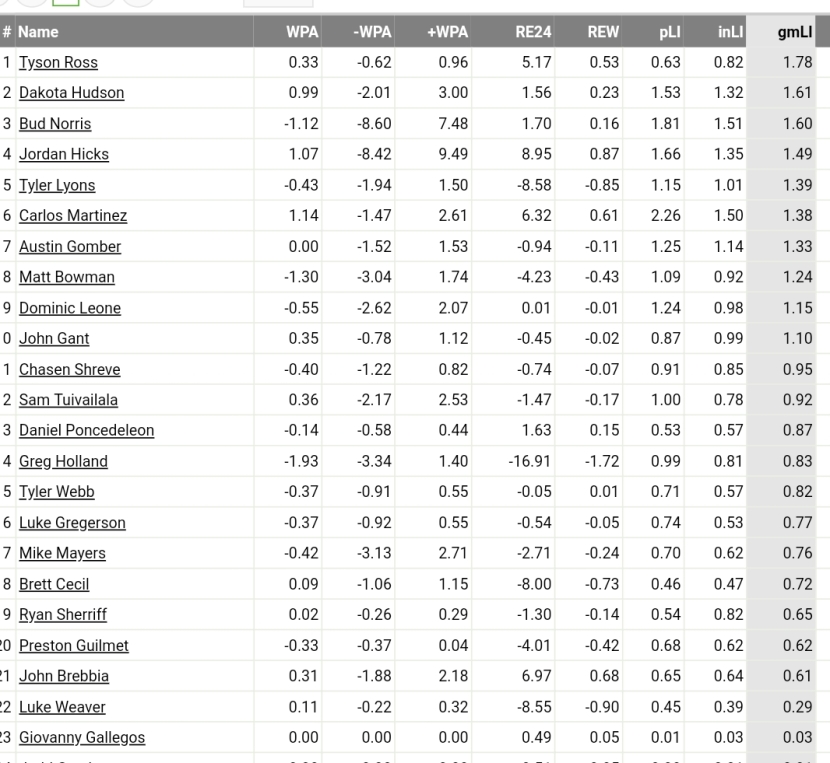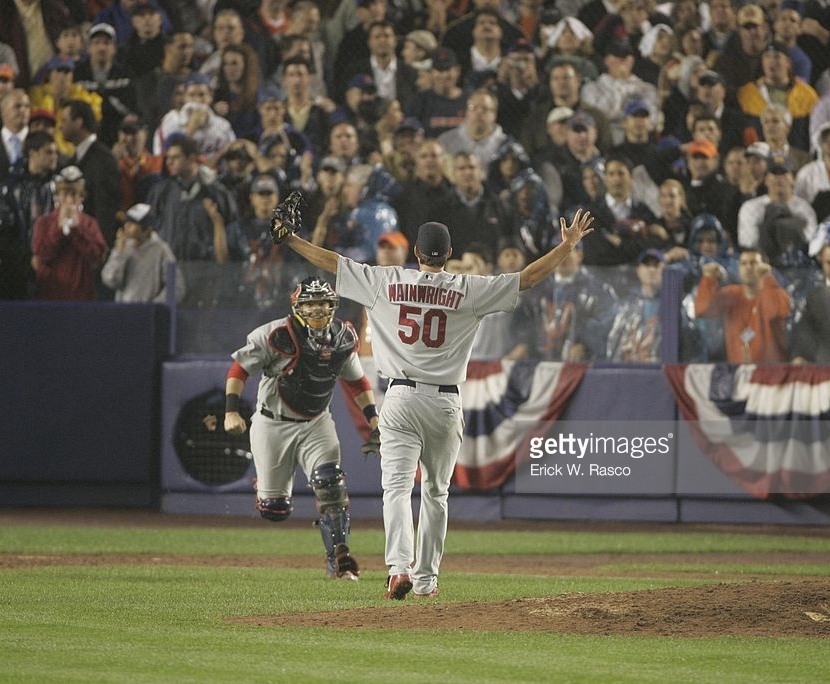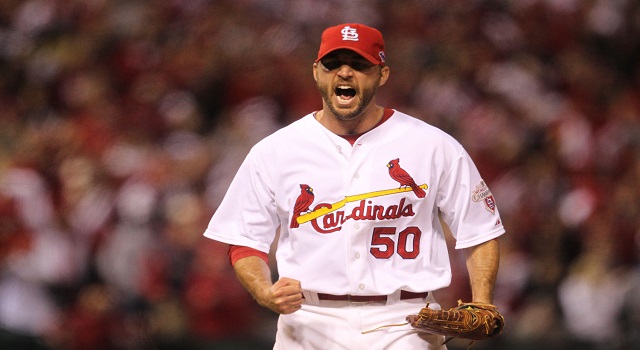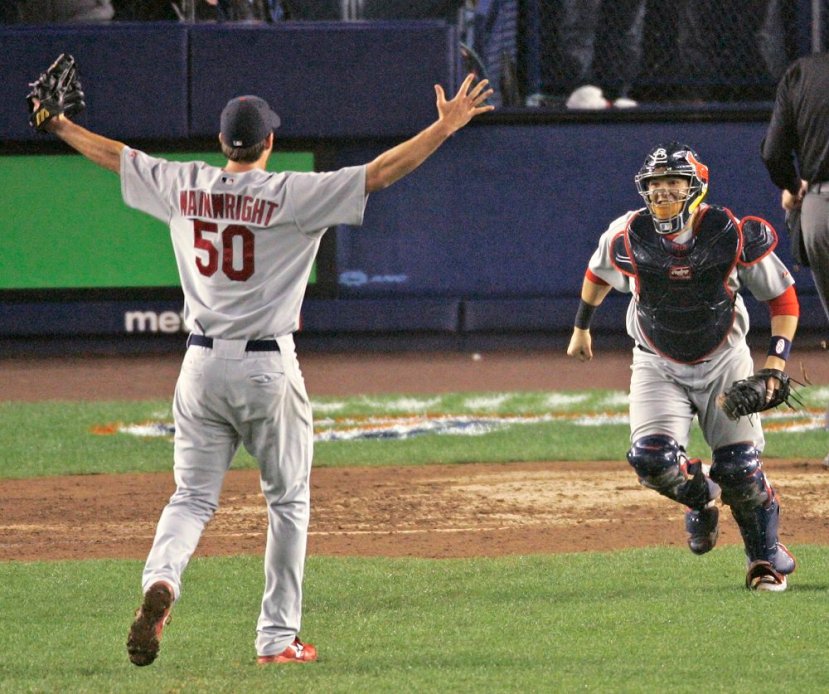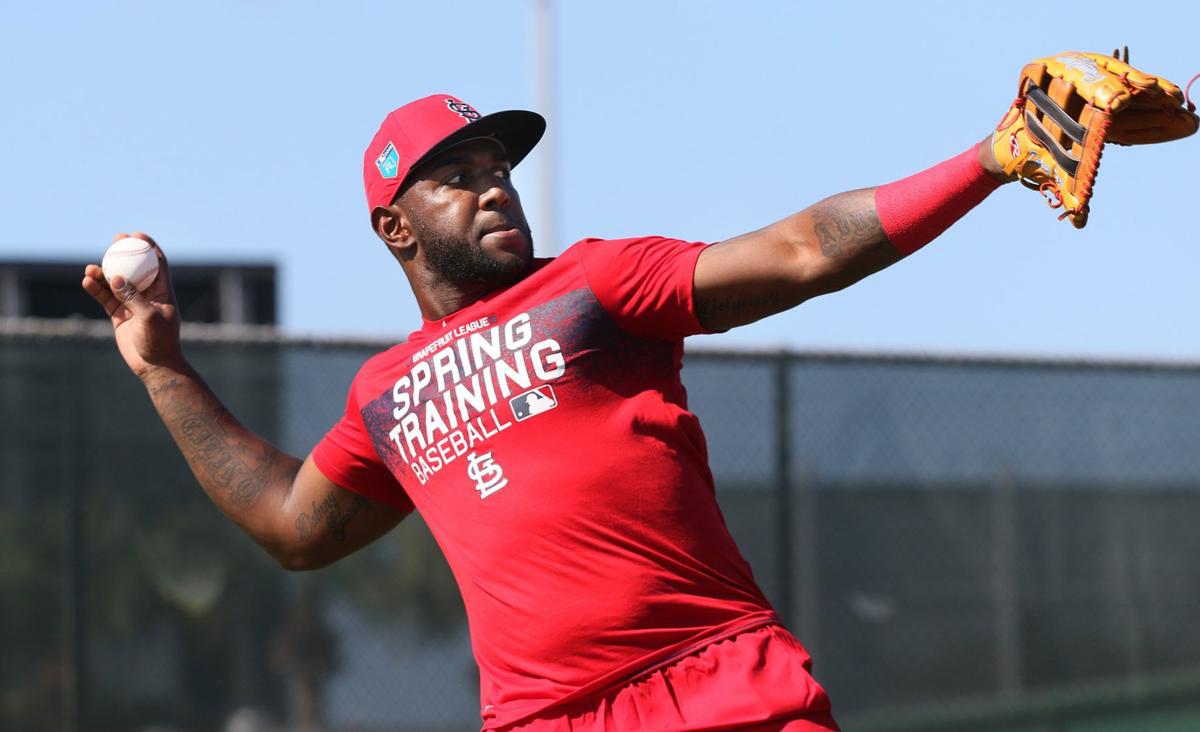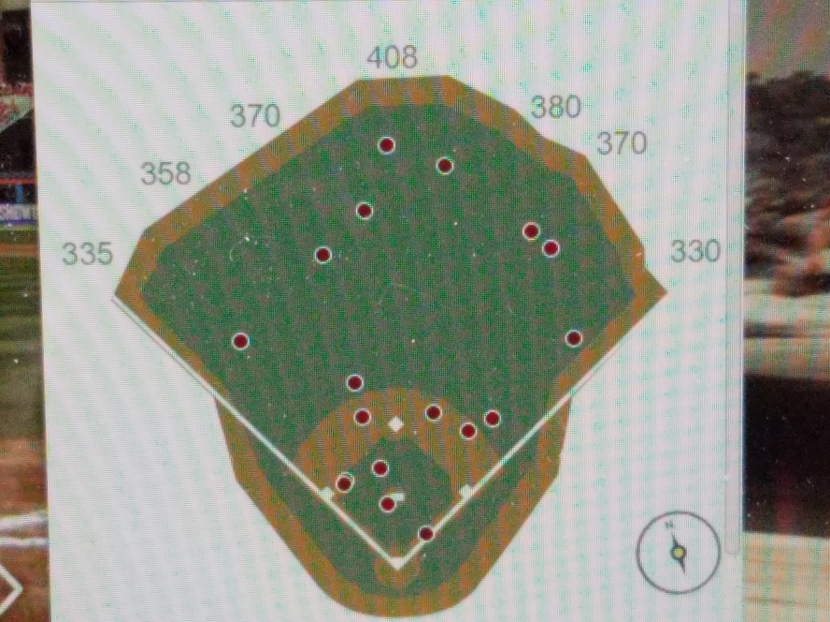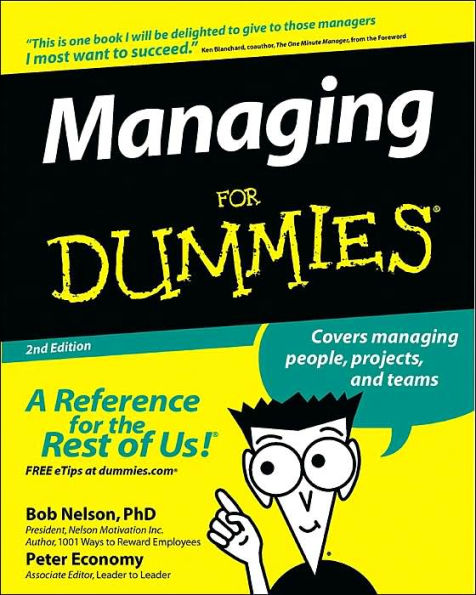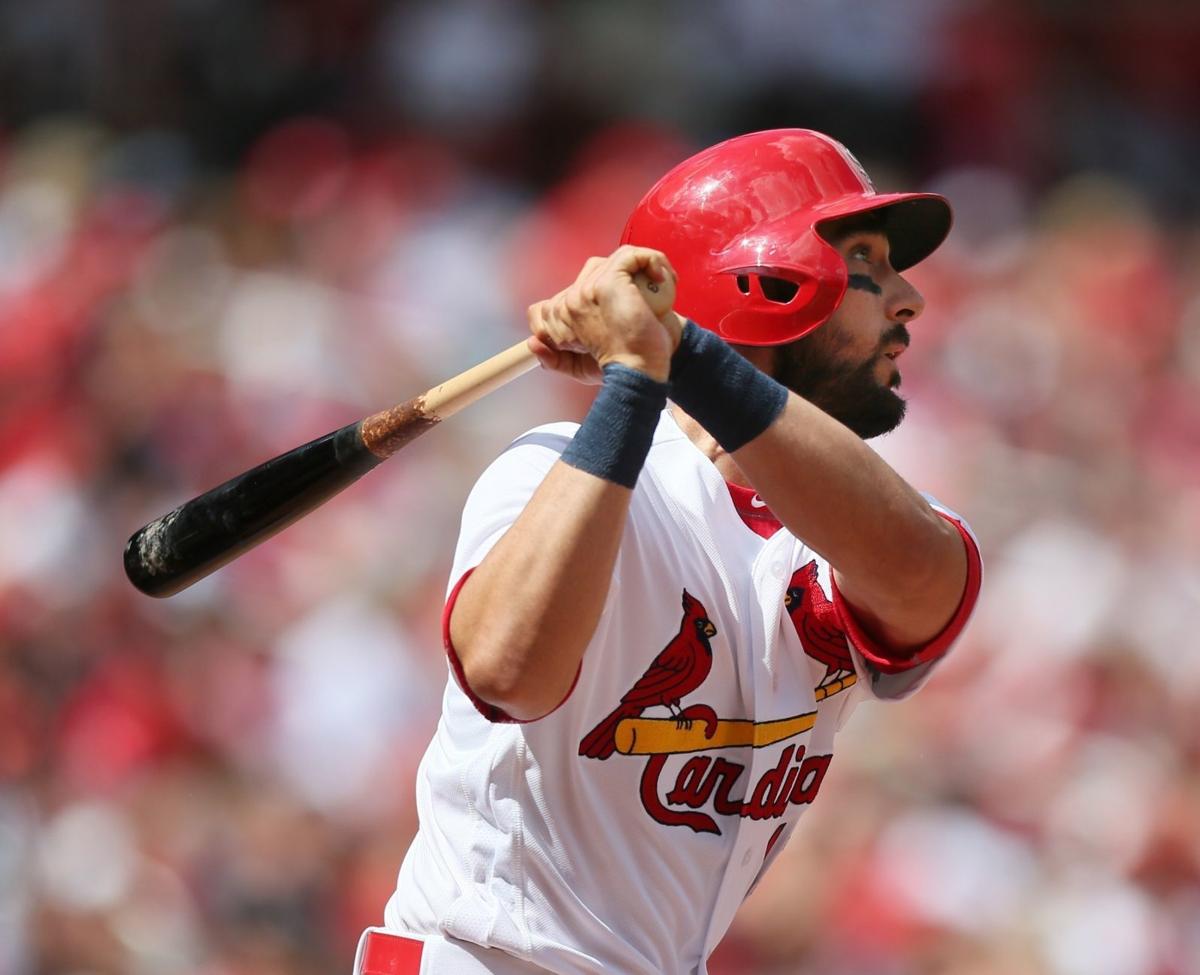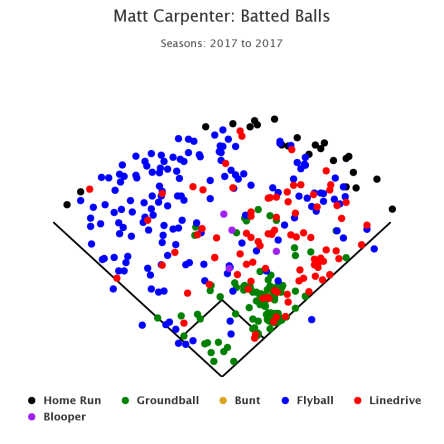Is DeWitt setting Mo up to take the fall if this season doesn’t work out?
As a baseball fan, this has been the worst offseason I can remember. It’s just been so boring; the hot stove has been like someone forgot to pay the gas bill. From the Cardinals’ perspective, it’s been a little better than most. The team did add Paul Goldschmidt and Andrew Miller (though not much else) and is on the verge of locking up Goldschmidt to a long-term deal. That’s pretty good, I guess, but it’s not nearly all the team needed. When you compare it to what most teams have done, it’s a veritable rebuild. It’s fair to say, for example, that roughly half the teams in the American League aren’t even trying to win games. I can’t imagine what it must be like to be a fan of the Orioles, Rangers, or Tigers. In the NL, it’s not quite so bad but it’s fair to say that there are more teams in the NL West NOT trying to win than there are teams actually trying to win.
There’s a fundamental problem in the game when at least a third, and approaching half, the teams in the sport are making no attempt to compete. Yes, these are businesses and yes, it’s entertainment, but the real entertainment is in having competitive teams playing competitive games against other competitive teams. I guess it’s fun to go watch the Harlem Globetrotters every now and then but no one’s buying MLB.tv so they can sit and watch them beat up on the Washington Generals 162 times.
As a Cardinal fan it’s frustrating knowing that your team is on the verge of being a true contender and needs only to add another piece or 2 – and seeing those pieces are available because so many teams have just decided it’s better to try and lose 100 games than to win 85 – yet they’re seemingly unwilling to add that extra piece. Meanwhile, billionaire owners seem to be doing everything they can to break the player’s union as the sport gets closer and closer to the expiration of the CBA in 2 years. And minor leaguers are toiling for below minimum wage – and still the billionaire owners are fighting to preserve that – and some are going to be forced into giving up the game because they can no longer afford it. There are literally billions of dollars in the game and minor leaguers are going to quit playing because they can’t afford to live on what they’re being paid. Think about that.
Spring training is supposed to lift our spirits and it does for most but for me it’s way overrated. Now, one spring I went and actually attended spring training for a week with my son. That was a blast and I highly recommend it. But I don’t want to sit and watch games that don’t count and don’t really matter. Most importantly, though, it’s that I just loathe all the ridiculous stories that come out of spring training. It seems like all the good stories are bullshit…
- “Dexter Fowler’s in the best shape of his life!”
- “I’ve never seen Fowler hit a ball that hard before!”
- “Does Wainwright have a new wipeout splitter?” Hint: no.
- “Can O’Neill hit 40 bombs and strike out less than 100 times?”
- “Carpenter has a new throwing motion and may be a Gold Glover at 3rd!”
- “Reyes looks better than ever!”
- “Hudson looks like he could be a dominant starter!”
Meanwhile, all the bad stories are true…
- “Ozuna still can’t throw the ball from LF to 3B.”
- “Reyes will be a reliever.”
- “CMart can’t throw right now and when he can he’s going to the pen even though he doesn’t want to.”
- “Bader hasn’t hit a loud foul all spring.”
- “The rotation is going to include Wainwright and Hudson while Reyes and Martinez will – hopefully – be in the bullpen and, by the way, Dallas Keuchel is still a free agent.”
- “Gyorko is hurt and still isn’t playing.”
- “Yadi is 36 and injured his shoulder playing games that didn’t matter and had to have offseason surgery.”
I can’t stand that stuff. I guess it’s just a running joke that every team has at least a dozen “best shape of their life” stories every spring but it just gets so old to me.
What I care about is what the team really looks like and what the season really looks like. While the team has plenty of talent, so does the NL Central, and it’s pretty obvious to me that the team still has holes to fill.
Both John Mozeliak and Bill DeWitt have taken their hits from the public for their failure to do what they needed to do over the last 3 years to get the team to the postseason. Some of that has been fair and some unfair but it strikes me that a 4th year left watching games on TV in October could lead to Mozeliak’s dismissal. Fair or not, he may be held accountable just as Matheny was last July.
Looking at the Fangraphs’ Playoff Odds page you can see that the Cardinals right now are projected for 84 wins and have about a 43% chance to make the playoffs. That’s pretty good – exactly 5th highest in the NL which would put the team on the road in the Wild Card game – but it also means a 57% chance of not making the playoffs. And to me it looks like the Brewers are pretty underrated according to the site. Fangraphs gives the Brew Crew just a 27% chance of making the playoffs and projects them for just 81 wins.
The Cardinals also sit smack-dab in the toughest division in baseball as both the Cubs and Brewers are very solid teams while the worst teams, the Reds and Pirates, are still considerably better than the worst teams in every other division. The bottom line is that a not-terrible team will finish last in the NL Central whereas in the AL Central a terrible team will finish 3rd.
One other notable revelation found among the NL’s playoff odds is that while the Cards project for 84 wins, the Phillies project for 85 and have a 49% chance to make the playoffs. It’s no secret, of course, that the Cardinals could have used Bryce Harper and instead he became a Phillie. That’s probably been debated enough on the Cardinal interwebs but he doubtless would have made the team better this year and for many years in the future. I guess it’s reasonable to conclude that some combination of Fowler/Martinez/O’Neill could combine for 2 – 2.5 wins and that a 3 win upgrade or so to Harper isn’t worth $330 million but it’s pretty clear that those 3 additional wins that Harper could have provided could prove to be extremely valuable.
Now none of us will ever know where Mo stood on the potential pursuit of Harper; it was always his job to parrot the company line. It’s clear that DeWitt didn’t want to throw $300+ million to Harper (or possibly, anyone) since he’d be the one actually writing the check. Maybe Mo agreed with that decision and maybe not but one can’t help but wonder if the decision not to sign Harper will be the one that keeps the Cardinals out of the playoffs for the 4th consecutive year. And that decision was indisputably DeWitt’s. Let’s face it…even if Mo was against it, if DeWitt had wanted to go after Harper, he’d likely be a Cardinal right now.
To be sure, this isn’t the only decision that could potentially keep the team out of the playoffs. Mo has unquestionably made his share of mistakes since taking the helm back in 2007. But if the team does miss the playoffs by a game or 2 as seems very possible – they missed by just a game last season – especially if the Phillies do end up in the playoffs, then DeWitt’s decision to stay out of the Bryce Harper chase would have been an important factor in preventing the team from making the playoffs.
One can’t help but wonder how much of a leash Mo has with the team. They always talk about having high expectations and Cardinals’ fans will surely not be happy with missing the playoffs a 4th consecutive year. I would doubt that this could lead to Mike Shildt’s dismissal – he surely has a longer leash than just a year and a half – but 4 consecutive years out of the playoffs could lead DeWitt to decide that it’s time for Mozeliak to go. If that’s the case then it would be fair to argue that DeWitt’s decision not to sign Bryce Harper is the final nail in Mo’s coffin. Is DeWitt setting Mozeliak up to take the fall if the team falls short again?
Now I’m not saying that DeWitt wants to get rid of Mo and is deliberately sabotaging the team so that he can justify firing him. That’s stupid. But it’s clear that DeWitt didn’t want to pay Harper. He does still owe Fowler $49 million, after all. Mo has been tasked with figuring this out and getting the team back to the playoffs without that $300+ million debt and, if Mo can’t get it done again, his head could be the one on the chopping block. If so, it’s very possible that the 3 or so additional wins Harper could have provided could end up being the difference between Mo keeping his job and Mo losing his job.
That’s the way it goes, of course. It’s a high stress job and every manager, GM, and VP of baseball ops knows going in that there’s a good chance he’s going to be fired one day. I’ve long been a fan of Mozeliak but, like most fans, I’m not going to be thrilled if the team fails to make the playoffs again and I can recognize that Mo has made some mistakes over those 12 years. Still, it wouldn’t shock me if the team wins 86 or so games, misses the playoff by a game or 2 and we end up watching the Phils and Harper in the playoffs, if only for 1 game. If that happens, it wouldn’t shock me if Mo ends up on his way out to make room for someone else who can get the team back where it belongs.
Thank you for reading.




